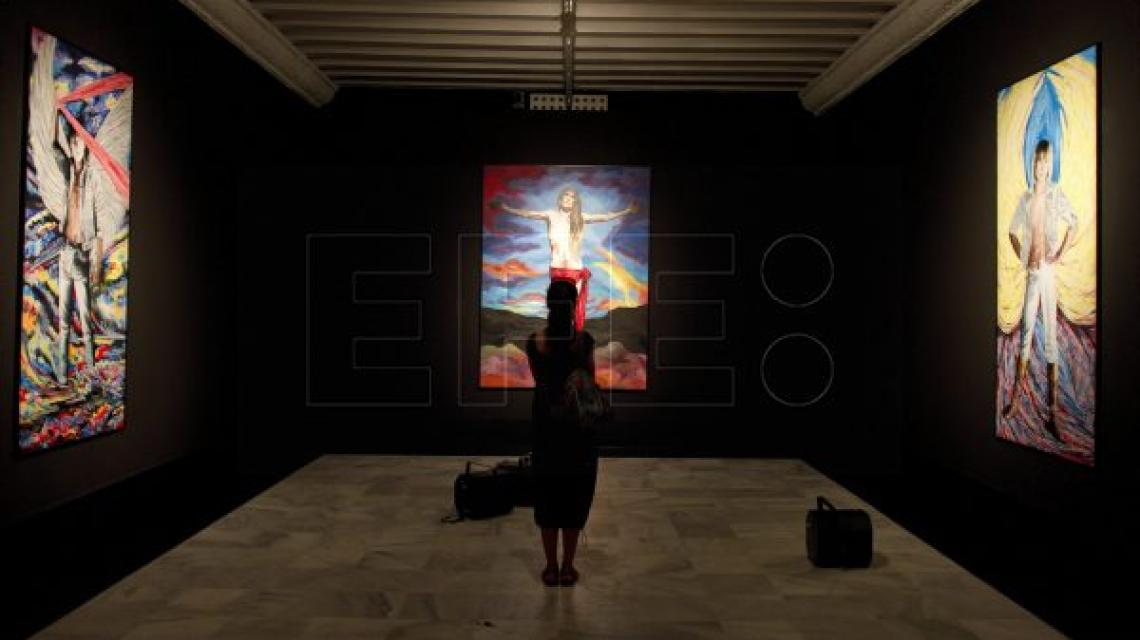
Monuments, even the ones that appear solid and immovable, are dynamic processes, because perceptions of them, and their management models, change over time. Public memory policies can influence these transformation processes, but they never operate alone. Resignifying a monument on the scale of the Valley is a complex task which requires the joint action of many social and political players, including social movements, researchers, journalists, documentalists and institutions.
Today, the Valley of the Fallen is an integrated and monumental symbol of a period in history, and as such the most conspicuous site of Francoist memory. Once the Democratic Memory Law is adopted, it will become a place of democratic memory. Firstly, the Foundation of the Holy Cross of the Valley of the Fallen will be terminated, giving a new memorial ecosystem chance to thrive at the monument. Secondly, provision will be made for a solid narrative based on democratic memory and strengthened by multiple, mutually supportive channels.
The wholesale resignification of the Valley is rooted in two key documents: firstly the 2011 report by the Committee of Experts, which presented some of the underlying ideas to be developed in the years to come; and secondly, the report by Pablo de Greiff, the United Nations Special Rapporteur on the promotion of truth, justice, reparation and guarantees of non-recurrence which, in 2014, endorsed the main ideas in the Experts Committee report and urged the Government to implement them.
In this new memorial ecosystem, the Valley will become an educational tool for the study and analysis of the Spanish Civil War and the subsequent Francoist dictatorship, as the major architectural expression of this regime and of totalitarian regimes more generally, in particular in the European interwar and postwar context. Although the Valley is a unique monument with its own set of characteristics, it is nonetheless one of the large-scale architectural projects of the European fascisms of its day, and needs to be explained in this comparative context. The resignification process requires us to understand and analyse the monument’s wider historical context, and consider how it changed over time.
The Valley’s democratic resignification calls for coordinated and sequenced measures with legal, patrimonial, funerary, educational and research components. The action to be taken in the coming years will involve varying degrees of complexity, and leading Spanish and international experts will be needed to bring it about.
For a resignification of substance, the endeavours to instil new meaning undertaken at other painful and complex memory sites in different parts of the world must be examined, so that the outcomes are analogous with the most advanced pedagogical models of democratic memory at the international level.